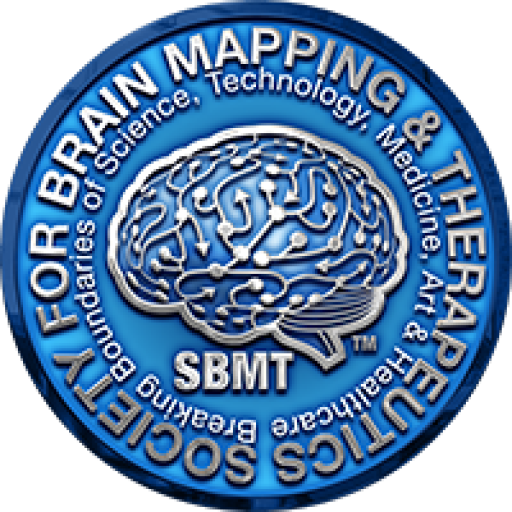
The US government is in the planning stages of a massive project to map the activity of the human brain, Story C. Landis, PhD, director of the National Institute of Neurological Disorders and Stroke, confirmed in an interview with Medscape Medical News this week.
President Barack Obama alluded to investing in the “Brain Activity Map” project in his State of the Union address, saying, “Every dollar we invested to map the human genome returned $140 to our economy. Today, our scientists are mapping the human brain to unlock the answers to Alzheimer’s; developing drugs to regenerate damaged organs; devising new material to make batteries 10 times more powerful.
“Now is not the time to gut these job-creating investments in science and innovation,” he said. “Now is the time to reach a level of research and development not seen since the height of the Space Race. We need to make those investments.”
Brain Activity Map Project
A “concrete plan” for exactly how the project will unfold has yet to be ironed out, Dr. Landis said. It’s also not clear yet how much money the federal government will provide for the project, but a ballpark figure discussed is $300 million a year for a project slated to last 10 years.
Dr. Landis said “work is now ongoing putting together a consortium of federal agencies that would be participating and there is interest from a number of different private foundations.”
The Brain Activity Map project will piggyback on the Human Connectome Project, the National Institutes of Health–funded project to create a high-resolution map of the major structural and functional connections in the human brain.
There has been “extraordinary progress” in understanding aspects of human brain organization, Dr. Landis said. “The Human Connectome Project is now beginning to produce data in the form of a structural wiring diagram of the human brain and how different areas are connected.”
“But what we really need to understand is not just the anatomy but how information gets processed through those connections; in essence, how the human brain actually works. We are never going to get that through wiring diagrams. We really need to know about the function,” she explained.
The goals of the Brain Activity Map project, she said, are to develop the tools to “listen in” to neurons as they perform tasks. “How does information go from one brain cell to the next brain cell? How is that information transformed? And ultimately how does processing through the different brain circuits end up giving us behavior, learning, memory, philosophy, etc.?”
This knowledge, Dr. Landis said, should lead to new and better ways of treating neurologic and some psychiatric diseases.
She offered, as an example, deep brain stimulation (DBS) for Parkinson’s disease.
DBS, although effective, “is a very elementary way to influence how circuits in the brain function,” Dr. Landis explained. “It uses electrical current as sort of a brain pacemaker to change the way circuits involved in the disease work. But imagine if we understood in detail how information was processed through the circuits that control movement for Parkinson’s, or emotion for depression, we could potentially develop much better interventions.”
Recently, as reported by Medscape Medical News, by use of a sophisticated brain–computer interface, a woman paralyzed from the neck down learned to control a robotic prosthetic arm with her thoughts and perform several activities of daily living.
That achievement was possible, Dr. Landis said, “just with a rudimentary understanding we now have of brain circuits and activity in brain circuits; imagine what we could do with a greater understanding of brain activity.”
High-Impact Project
The Brain Activity Map project is a “very ambitious project, like the Human Genome Project, and like the Human Genome Project, this is going to require the development of a whole set of technologies which currently don’t exist or don’t exist in a form that would be required to do the study,” Dr. Landis said.
For some time now, the neuroscience community has been thinking about the importance of understanding brain activity, and clusters of investigators are developing tools or thinking about the computational needs of the project. “There are many groups engaged in thinking about this and will be involved in the planning as this project goes forward,” Dr. Landis said.
In an interview with Medscape Medical News, Babak Kateb, PhD, founding chairman of the board of the Society for Brain Mapping and Therapeutics and president of the Brain Mapping Foundation, said he’s “excited” by the project. He said his group has been “pushing” for this type of project and “policy change” for 10 years.
“President Obama’s initiative is going to significantly impact the field of brain mapping,” Dr. Kateb said.
He strongly believes that creating a consortium of neuroscientists to work together will be key to the project’s success. He noted that several separate groups are already working on different aspects of brain mapping.
“If we could bring them together, it would be more efficient and reduce the cost of research; everyone gets their share of funding and everyone works together instead of competing against each other for funding. This way you’re competing against the disease not against each other.”




